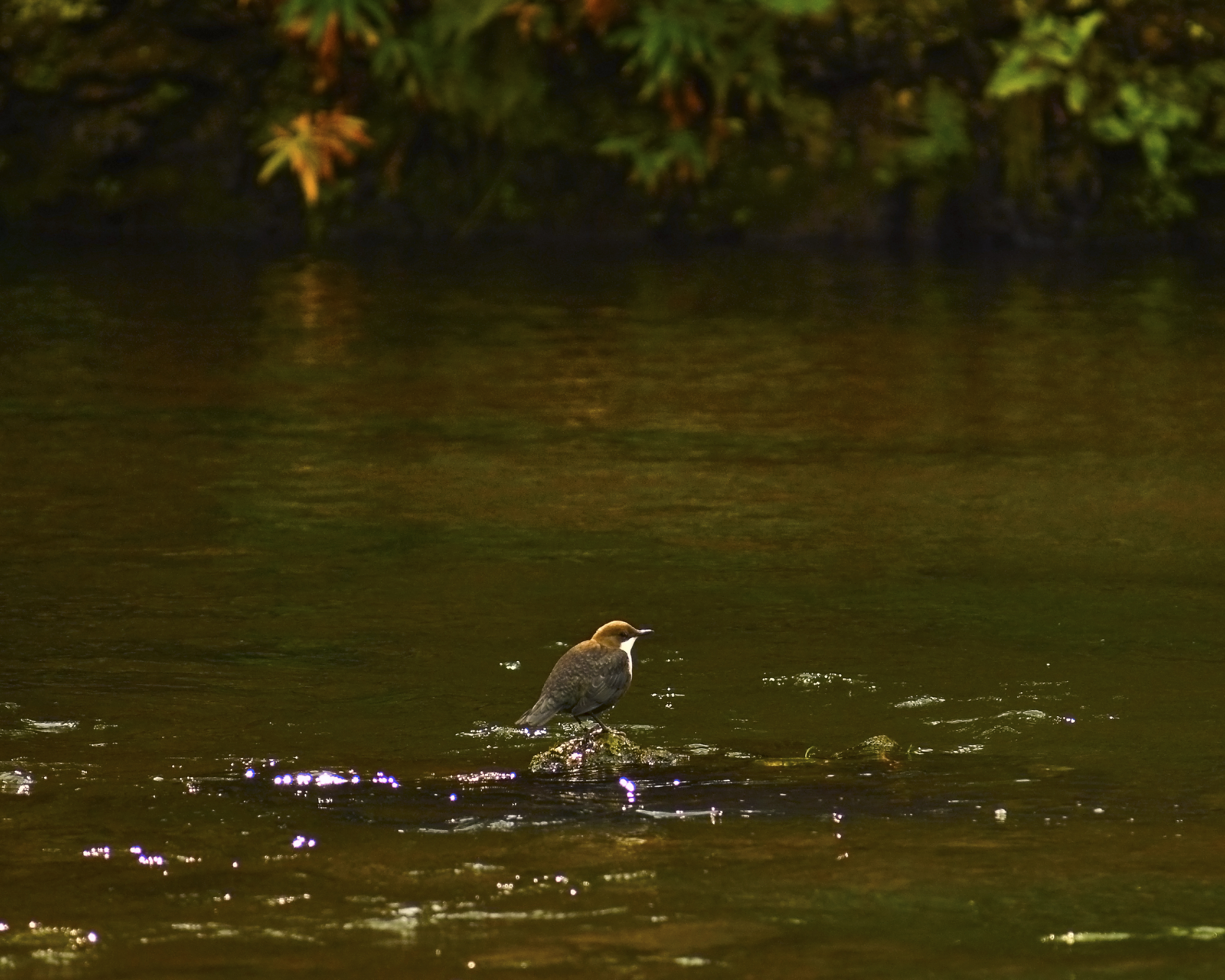It’s been a very, very, very long time since I wrote anything on here, so I thought that now is a good time – finally – about time!

While many people were home for all the lockdowns and restrictions throughout 2020, I was actually away from home, working as a carer. I was staying with a couple, helping an 83 year old lady to care for and look after her husband who had come home from hospital after a 2 month struggle with double pneumonia and progression of Lewy body dementia. The prognosis was very poor indeed and, as covid 19 was beginning to strike hard right across the UK at that time, I felt that it would be just plain wrong to commute between their house and mine and potentially bring the virus into their home. My husband agreed and so I moved in with them in early April. The gentleman I was caring for rallied and we had a wonderful time together until he eventually passed away at the beginning of December.
Lewy body dementia is quite different to other dementias. My new friend had been first diagnosed with it only 4 years earlier, having noticed a deterioration in mobility and the onset of some pretty severe hallucinations and paranoias. His memory was largely unaffected, but his sensory awareness declined. His eyesight deteriorated, his hearing was affected and his skin became very sensitive. Spatial awareness was a big problem, making it very difficult for him to judge distance and position of things such as his bowl or his spoon. He was unable to swallow properly too, which became a challenge for us to come up with tasty and tempting soft meals, as well as making sure that he didn’t load up his mouth between swallowing – he had a tendency to pocket food in his mouth pouches like a hamster! The main problems for him, however, were the difficulties in establishing what was real and what was not. His dreams were so vivid that they seemed real and he would also see things or hear things that were not there, but were so real to him.
Knowing the difficulties and likely progression of a condition like Lewy body dementia made it so much easier to care for my new friend, as we worked both with and around the issues. He wanted us to always be truthful with him, as it was the only hook that he had to determine reality from hallucination and, because we were honest with him, he believed us, trusted us and allowed us to help him when he needed us to…even if he didn’t think he needed help at the time.
The best days were full of laughter, literature, poetry and lively debates. In his former years, my new friend had been a linguist, fluent in Russian, French, German and Spanish. He was so interested to know that I was trying to learn Welsh and we would struggle together with it – though he managed so much better than me! We learned a new Welsh word each day, and every morning when I went in to his room we would greet each other with ‘bore da’. Each night would end with a quiet ‘nos da’ and ‘cysgu’n dda.’
My friend was a master of English Literature and I read aloud to him from Shakespeare – we managed The Tempest, Macbeth, Hamlet, Henry V, A Midsummer Night’s Dream, and the Sonnets, in those 9 months before he died. I read his favourite poetry aloud to him – Dylan Thomas ‘Fernhill’, Gerard Manley Hopkins ‘The Windhover’, and John Betjeman’s ‘Upper Lambourne’ being particular favourites. I read to him from Dickens, from Leigh Hunt and from Francis Kilvert. Although his eyesight had gone, his memory had not and he would very often quote the well-known lines as I read them alongside him. Despite his long career as a schoolmaster and headmaster, he never once corrected me – even my risible attempts at French dialogue in Henry V – and he always patiently explained when I asked what certain passages meant or why a poem would be written in a particular style.
The best memories that I have though, are when we used to sit in the garden – under the apple boughs, drinking in the air, the soft susurration of leaves whispering in the breeze and the hum of the bees as they worked from branch to branch above our heads. Our aim had always been to keep his last days, weeks and months as calm and peaceable as possible. To not deny what was happening, but to live with it and work around it in as gentle and easy a way as we could. I shall remain friends forever with his wife and we will never forget our lockdown together in 2020. Not always easy, but not always so bad either!

Rebecca. x







